Match the Column (I) and (II).
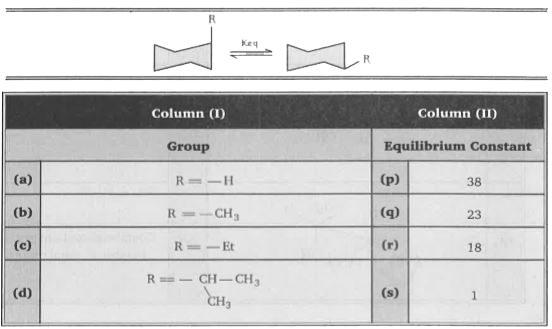 Solution in Kannada
Solution in Kannada
The correct Answer is:a - s; b-r; c-q; d-p
The chair conformer with the methyl substituent in an equatorial position is more stable because a substituent has more room and, therefore, fewer steric interactions when it is in an equatorial position. When the methyl group is in an equatorial position, it is anti to the C-3 and C-5 carbons (Figure). Therefore, the substituent extends into space away from the rest of the molecule. In contrast, when the methyl group is in an axial position, it is gauche to the C-3 and C-5 carbons (fig.)
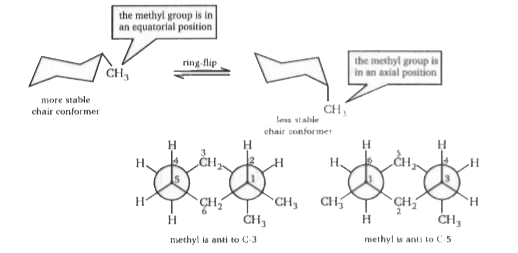
As a result, there are unfavourable steric interactions between the axial methyl group and both the axial substituent on C-3 and the axial substituent on C-5 (in this case hydrogens). In other words, the three axial bonds on the same side of the ring are parallel to each other, so any axial substituent will be too close to the axial substituents on the other two carbons. Because the interacting substituents are on 1, 3-positions relative to each other, these unfavourable steric interactions are called 1, 3-diaxial interactions
∗Alkyl group occupy equational position to achieve maximum stability.
∗ If the size of alkyl group increase, then stability of conformer will increase and value of equillibrium constant will also increase.
Topper's Solved these Questions
- BOOK - MS CHOUHANCHAPTER - ISOMERISM (STRUCTURAL & STEREOISOMERISM)EXERCISE - LEVEL 2 (SUBJECTIVE PROBLEMS)17videos
ISOMERISM (STRUCTURAL & STEREOISOMERISM)
- BOOK - MS CHOUHANCHAPTER - ISOMERISM (STRUCTURAL & STEREOISOMERISM)EXERCISE - LEVEL 2 (SUBJECTIVE PROBLEMS)17videos
ISOMERISM (STRUCTURAL & STEREOISOMERISM)
- BOOK - MS CHOUHANCHAPTER - HYDROCARBONS (ALKYNES)EXERCISE - Level -132videos
HYDROCARBONS (ALKYNES)
- BOOK - MS CHOUHANCHAPTER - IUPAC NAME EXERCISE - LEVEL-2 (SUBJECTIVE PROBLEMS )1videos
IUPAC NAME
Similar Questions
Number of chiral isomers are:
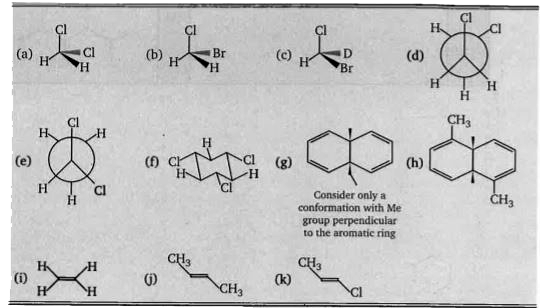 View Solution
View SolutionNumber of chiral isomers are:
 View Solution
View SolutionComplete the following reaction
 01:25View Solution
01:25View Solution
When IUPAC name of following compound is given, then double bond and substituent gets respectively (x and y) number so the sum of (x + y) will be01:43View SolutionMatch the column I with the column II
 02:24View Solution
02:24View SolutionMatch the Column -I with Column-II
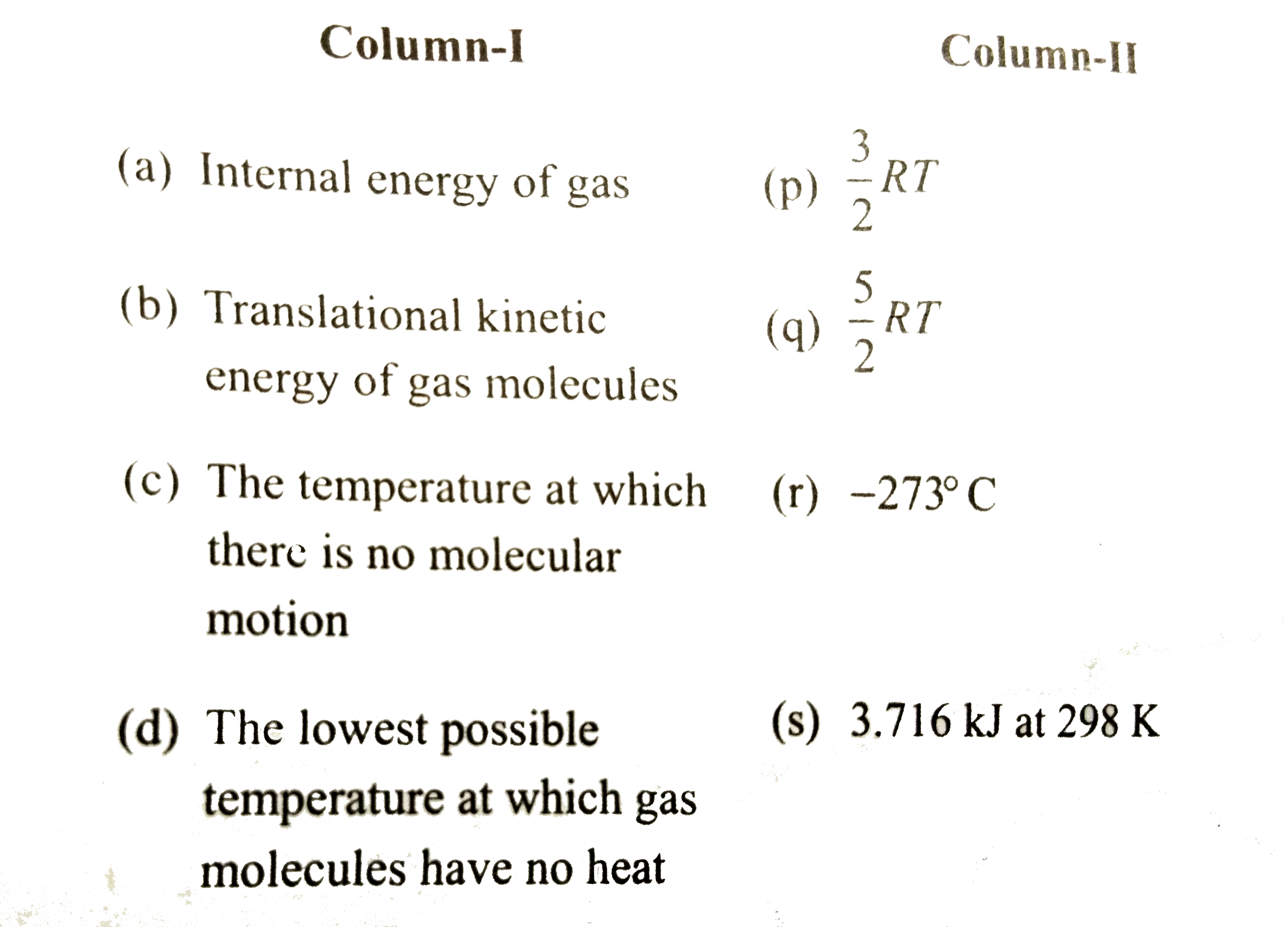 03:26View Solution
03:26View SolutionMatch the column-I with Column-II
 02:52View Solution
02:52View SolutionMatch the column I with Column II.
 .02:22View Solution
.02:22View SolutionMatch the column I with column II.
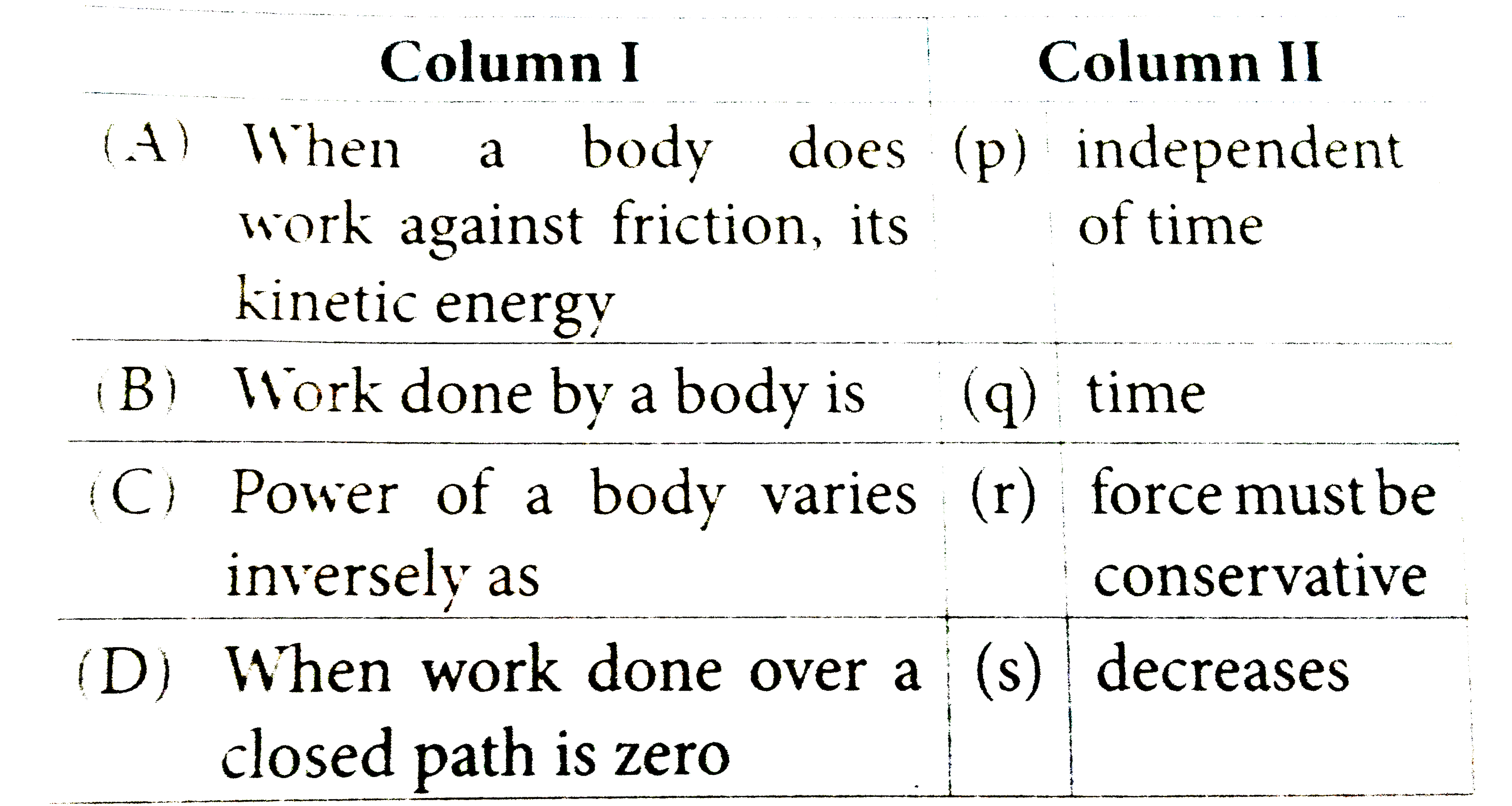 03:15View Solution
03:15View SolutionMatch the Column-I with Column-II :
 View Solution
View SolutionMatch the column-I to column-II:-
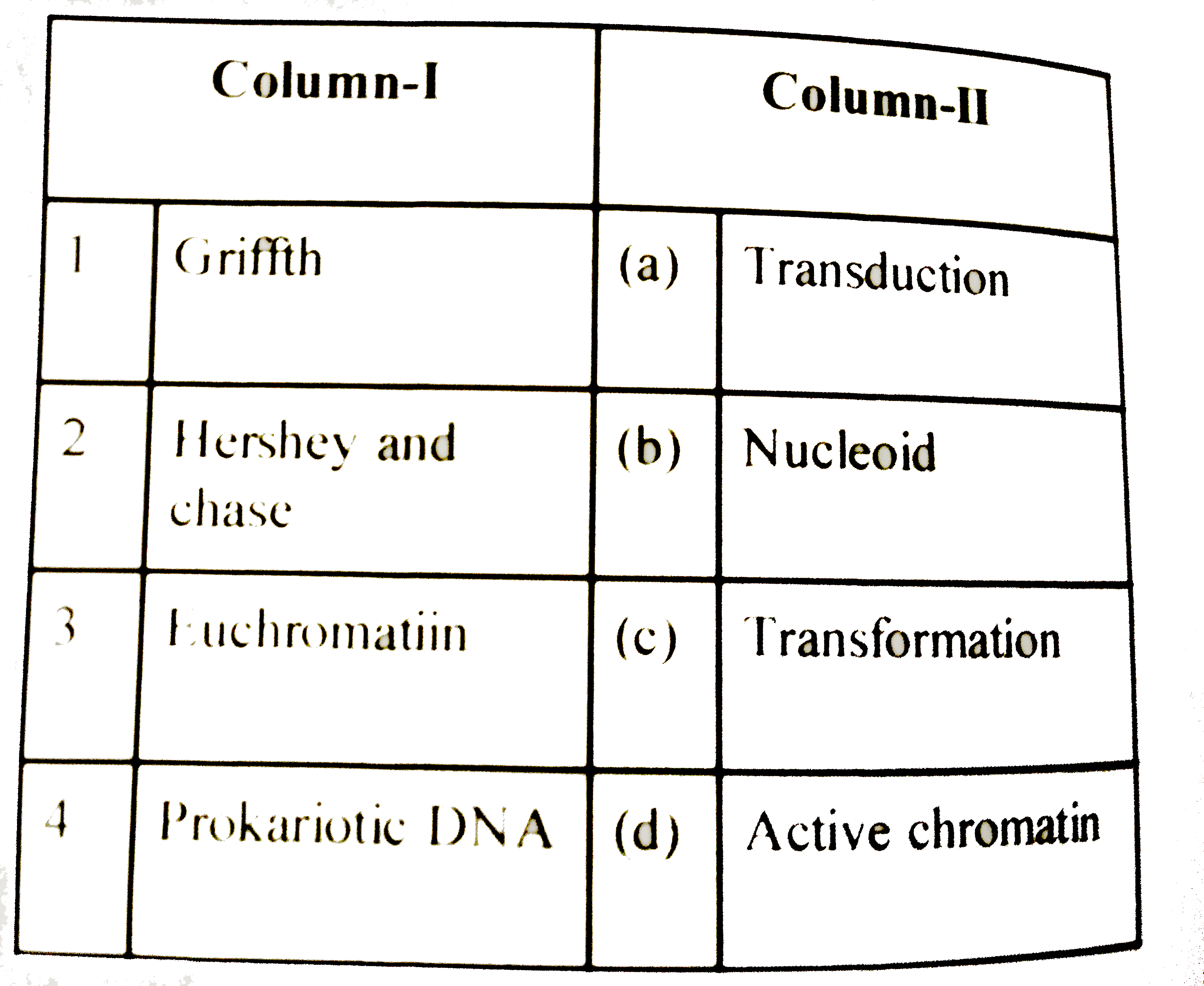 03:11View Solution
03:11View SolutionMatch the column-I and Column-II
 03:55View Solution
03:55View SolutionMatch the column I with column II :
 05:04View Solution
05:04View SolutionMatch the Column -I with Column -II:
 04:16View Solution
04:16View SolutionMatch column I with column II
 02:13View Solution
02:13View Solutionस्तंभ-I को स्तंभ-II से मिलाइए।
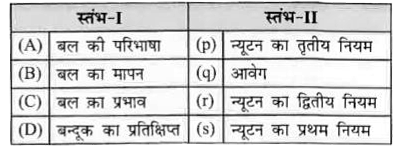 View Solution
View Solution

